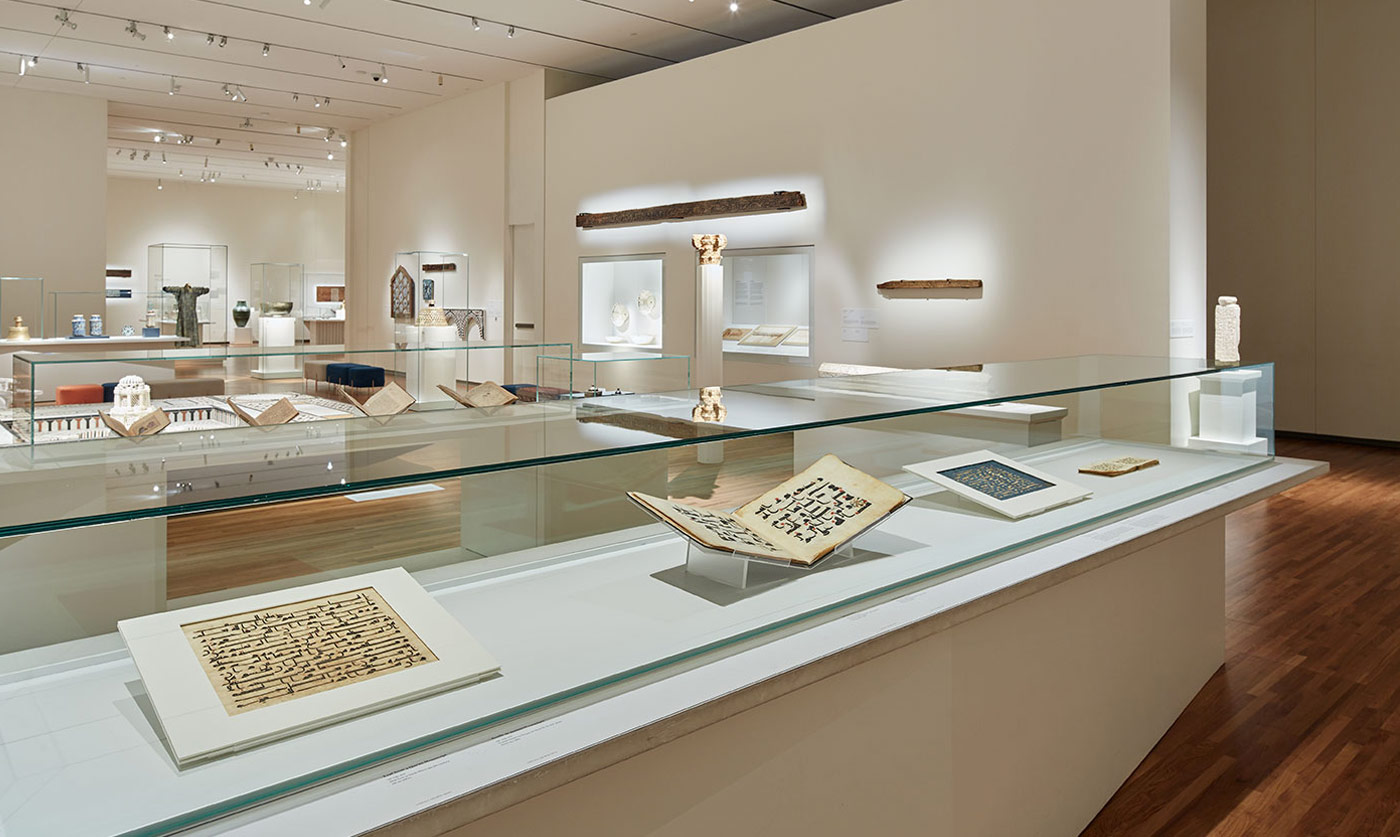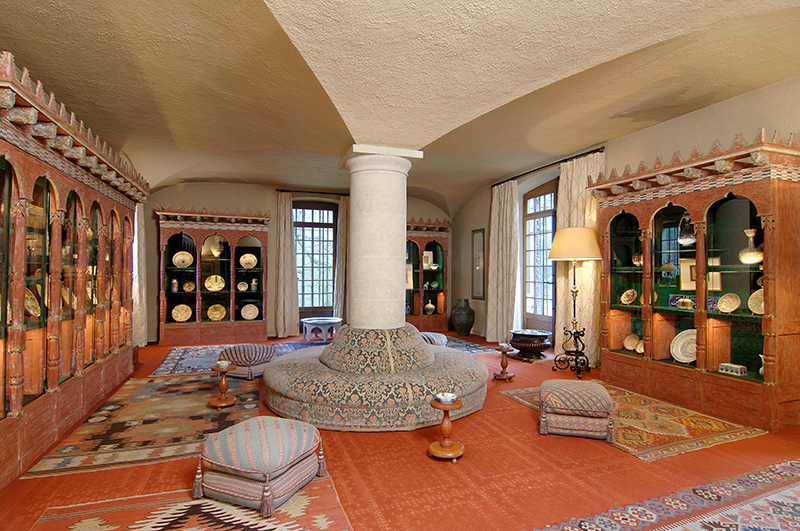
History of the Collection
The core collection of the Aga Khan Museum includes works of art that were collected by the uncle of His Highness the Aga Khan. The late Prince Sadruddin Aga Khan (1933-2003) started collecting in the 1950s, while still studying at Harvard University, and with his wife, Princess Catherine Aga Khan, continued to collect throughout his life. The greatest strength of his collection lies with the arts of the book. Those treasures, along with others from the collection, were exhibited around the world in the years before the Museum’s 2014 opening. His Highness the Aga Khan and his family have continued to contribute to the growth of the collection that is now the foundation of North America’s first museum exclusively dedicated to Islamic arts.
Museum Collection Gallery
The Museum’s Collection of over 1,000 objects includes masterpieces that reflect a broad range of artistic styles and materials. Artworks such as manuscripts, painting, ceramics, glass, and textiles represent more than 10 centuries of human history and a geographic area stretching from the Iberian Peninsula to China.
There are approximately 250 objects displayed at any one time in the Aga Khan Museum’s Permanent Gallery space. It provides an overview of the artistic, intellectual, and scientific contributions of Muslim civilizations to world heritage. Twice a year, sensitive and organic materials such as textiles and works on paper are “rotated,” with some objects returning to the Museum storage while others are brought out for display. This limits the artworks’ exposure to light and other environmental variables, ensuring the long-term safety of the collection.
Click here to browse the collections.
BELLERIVE ROOM
Located on the main floor of the Museum, the Bellerive Room displays a selection from the ceramics collection of the late Prince Sadruddin Aga Khan and Princess Catherine Aga Khan. The room is a recreation of the “La Chambre Persane,” or “Persian Salon,” in their home, Chateau de Bellerive in Geneva, Switzerland, where part of the collection was originally on display. There are approximately 60 ceramic objects on view in the Bellerive room. They date from the early Islamic periods through to the 17th century. Their styles reflect the innovative technological and aesthetic contributions of Islamic potters through the ages, which were often in dialogue with influences from as far afield as China and Europe.
The Bellerive room in the Aga Khan Museum is free to visitors to enjoy during Museum hours and is available for private functions and other events.

La Chambre Persane. Photograph courtesy of the Aga Khan Trust for Culture.